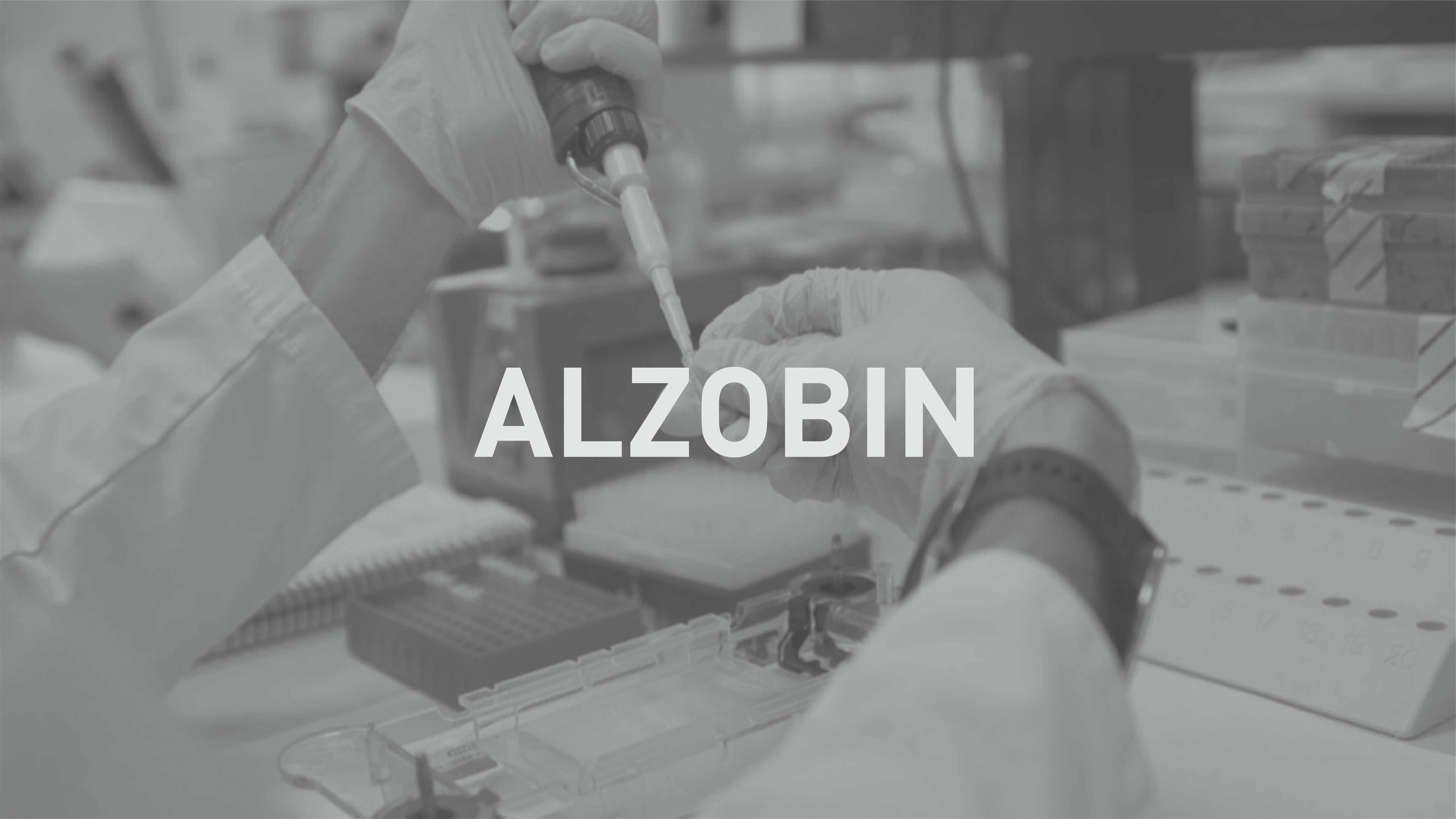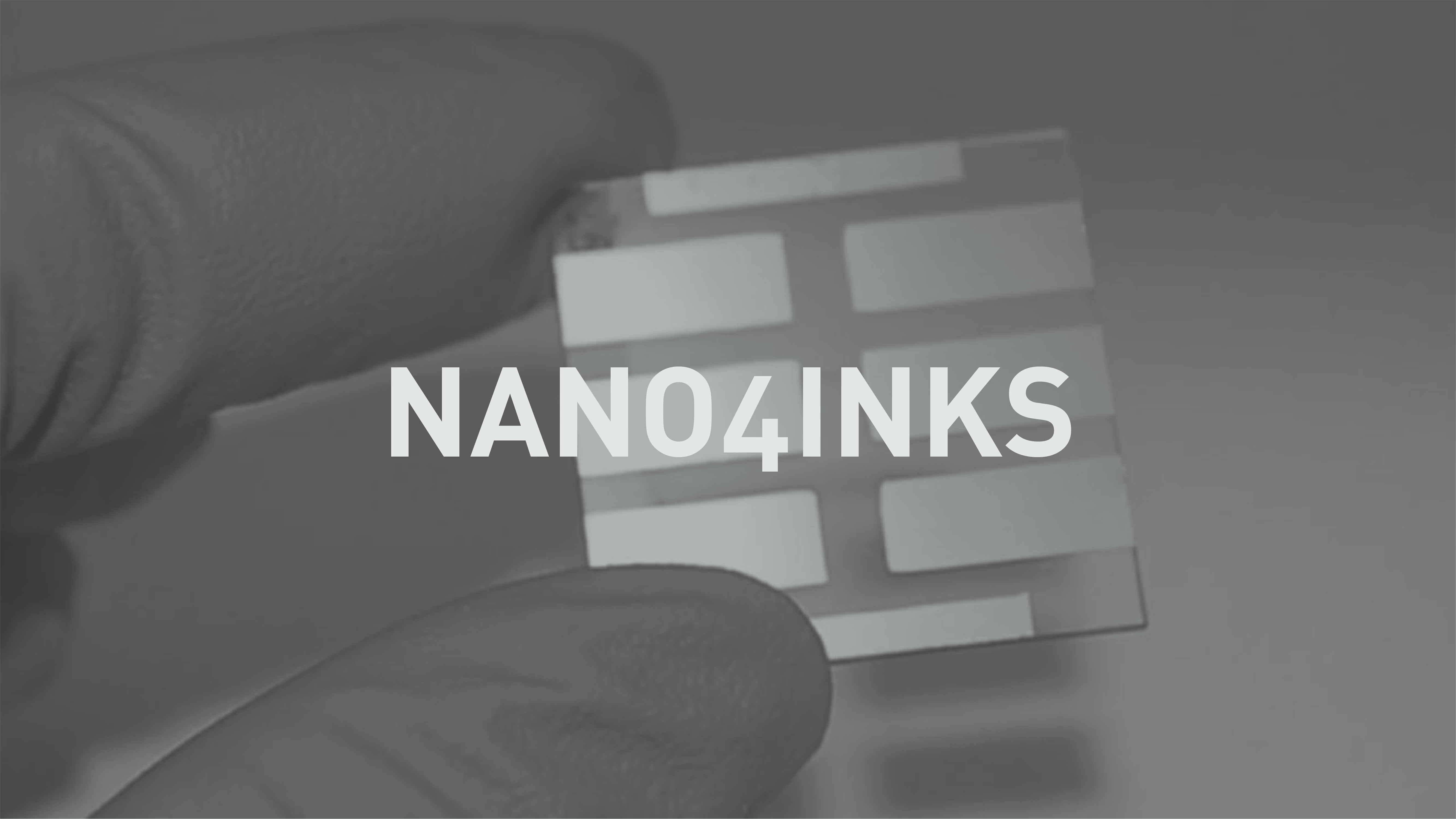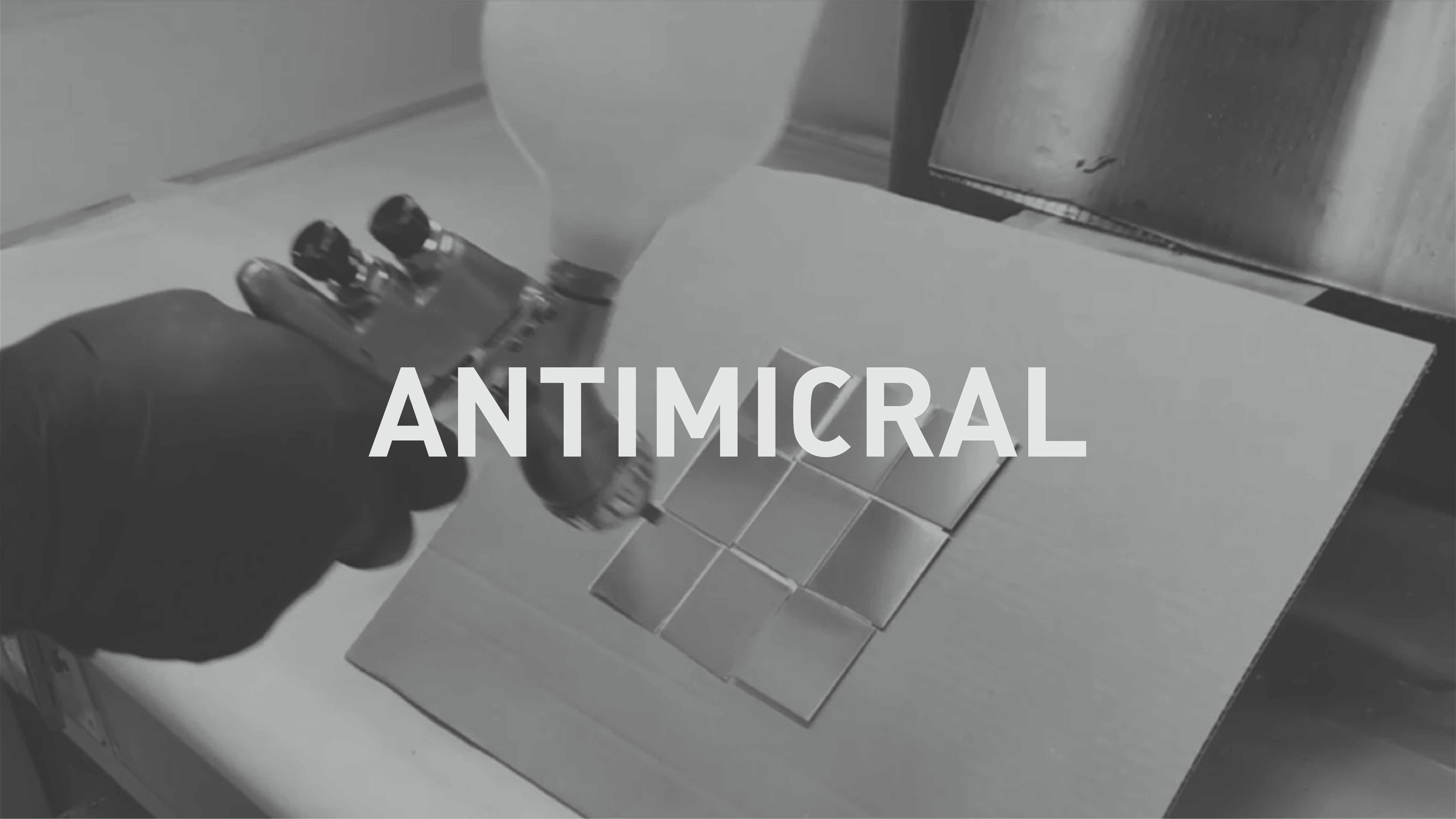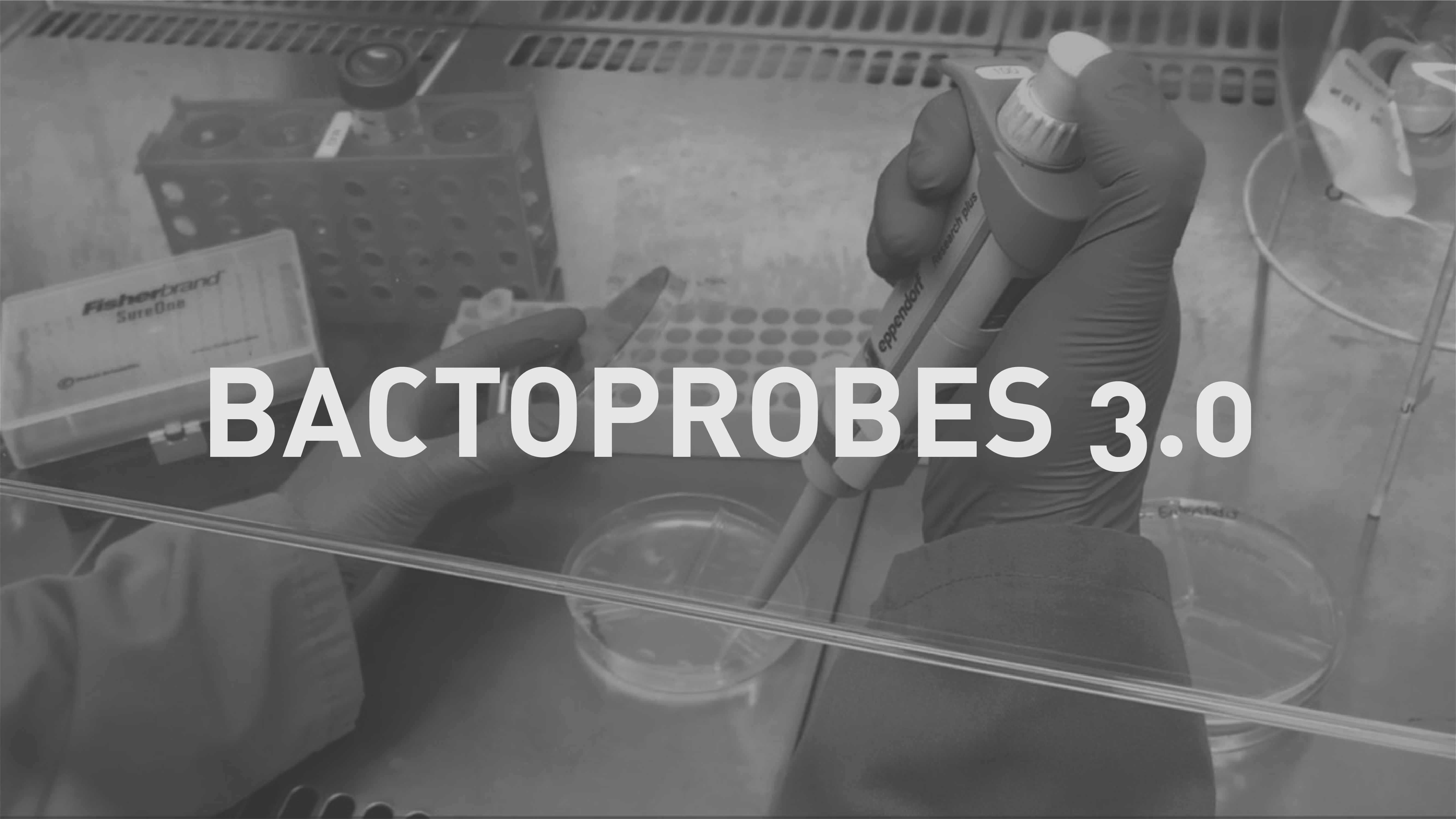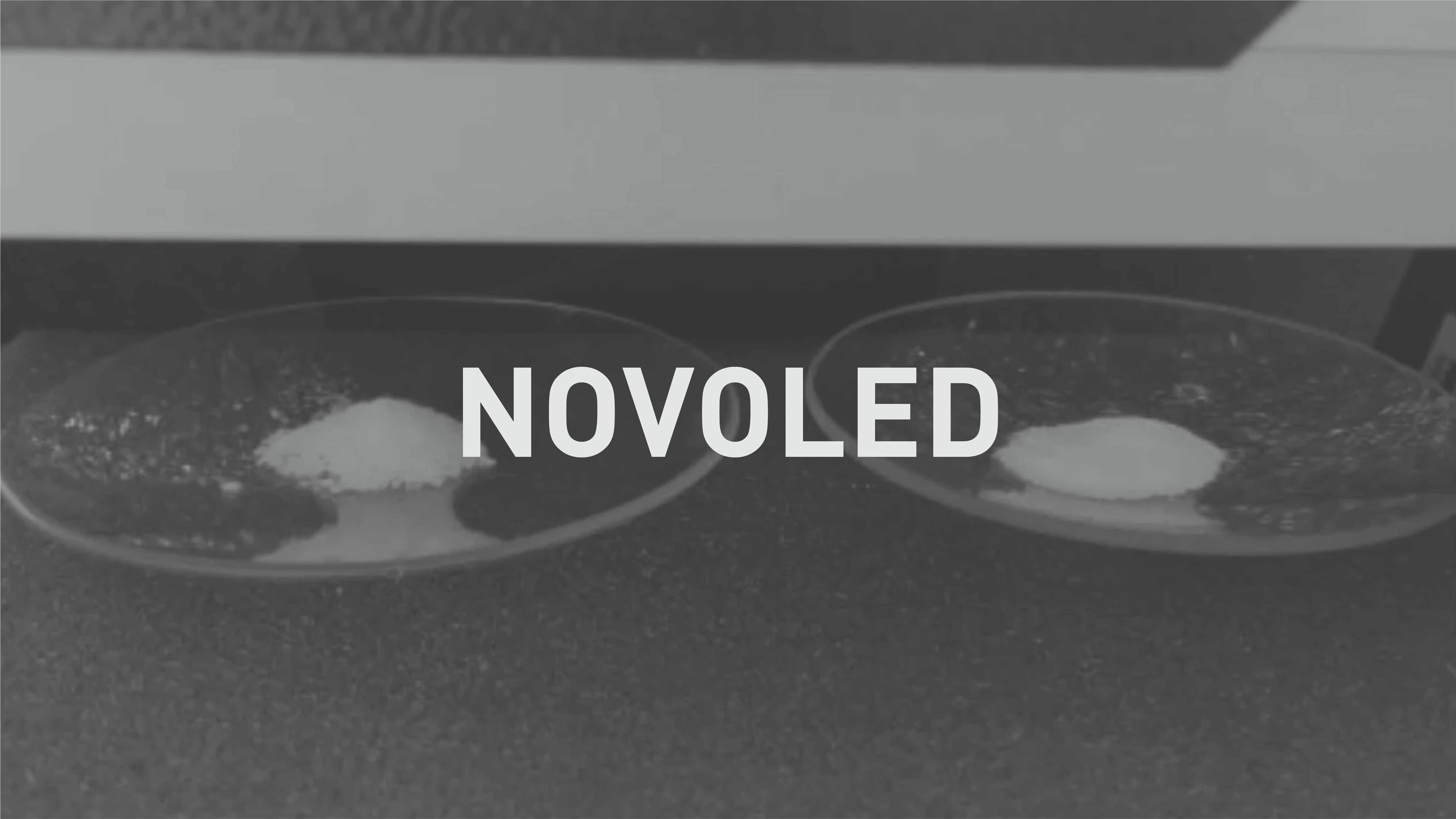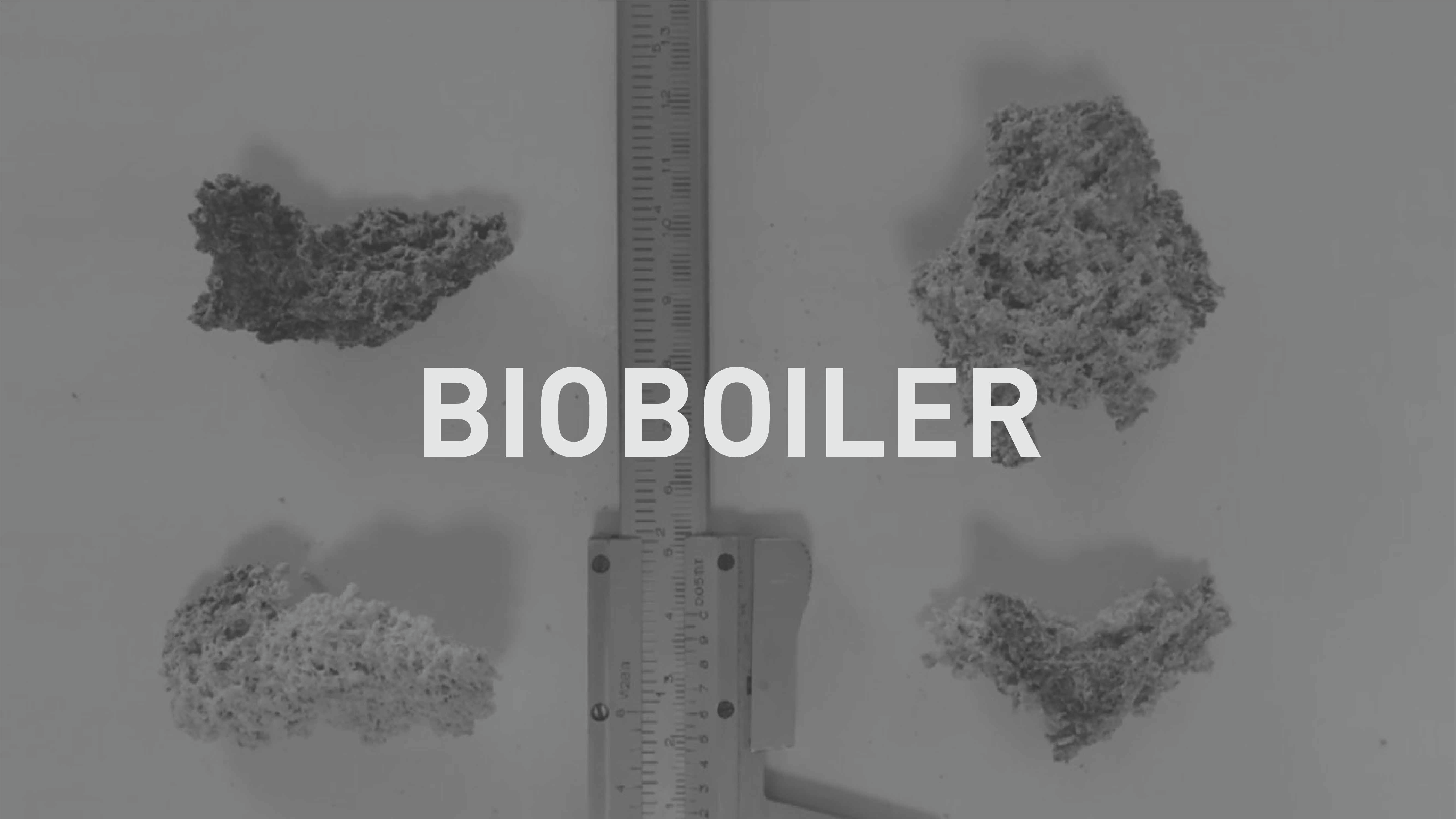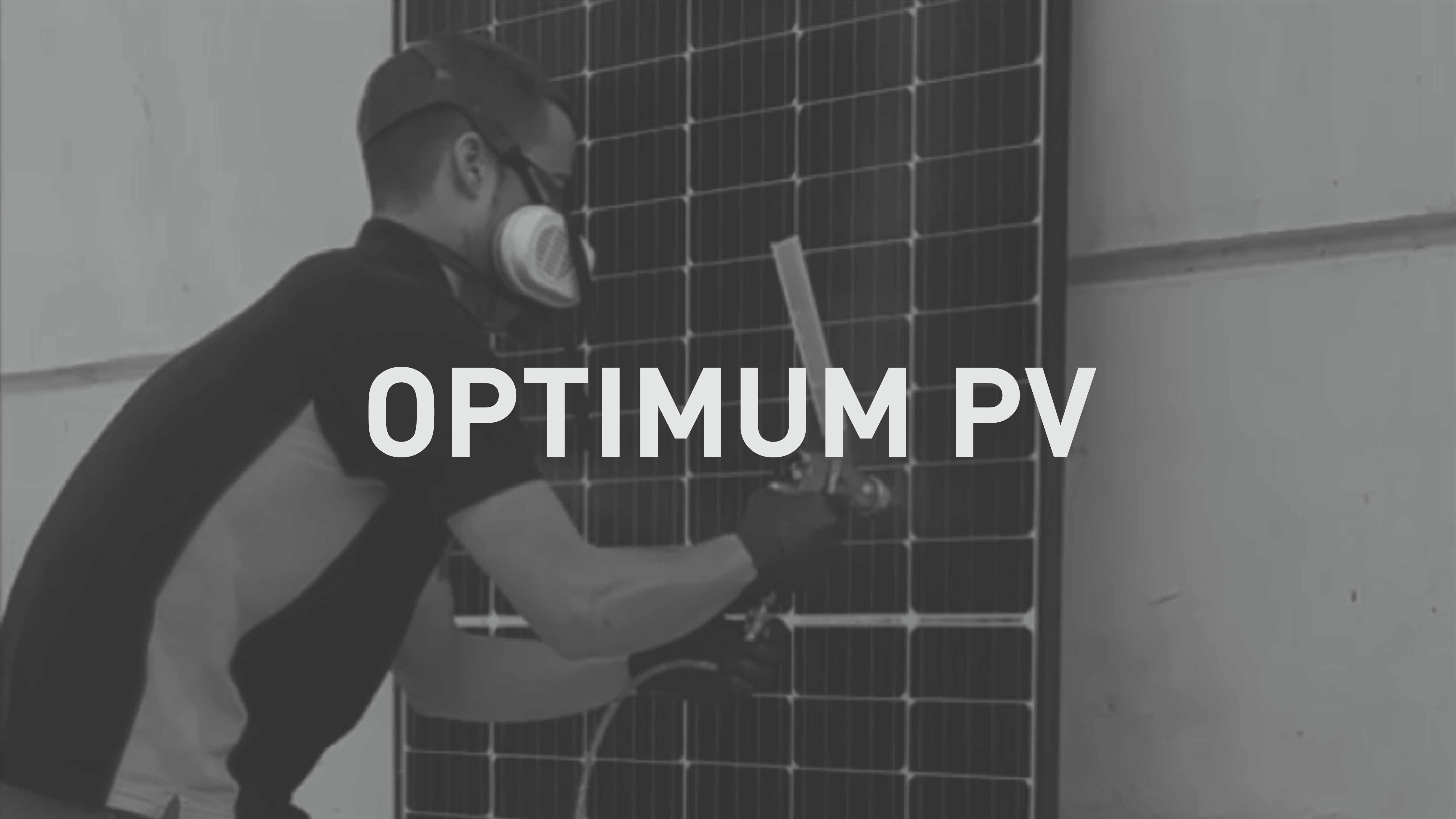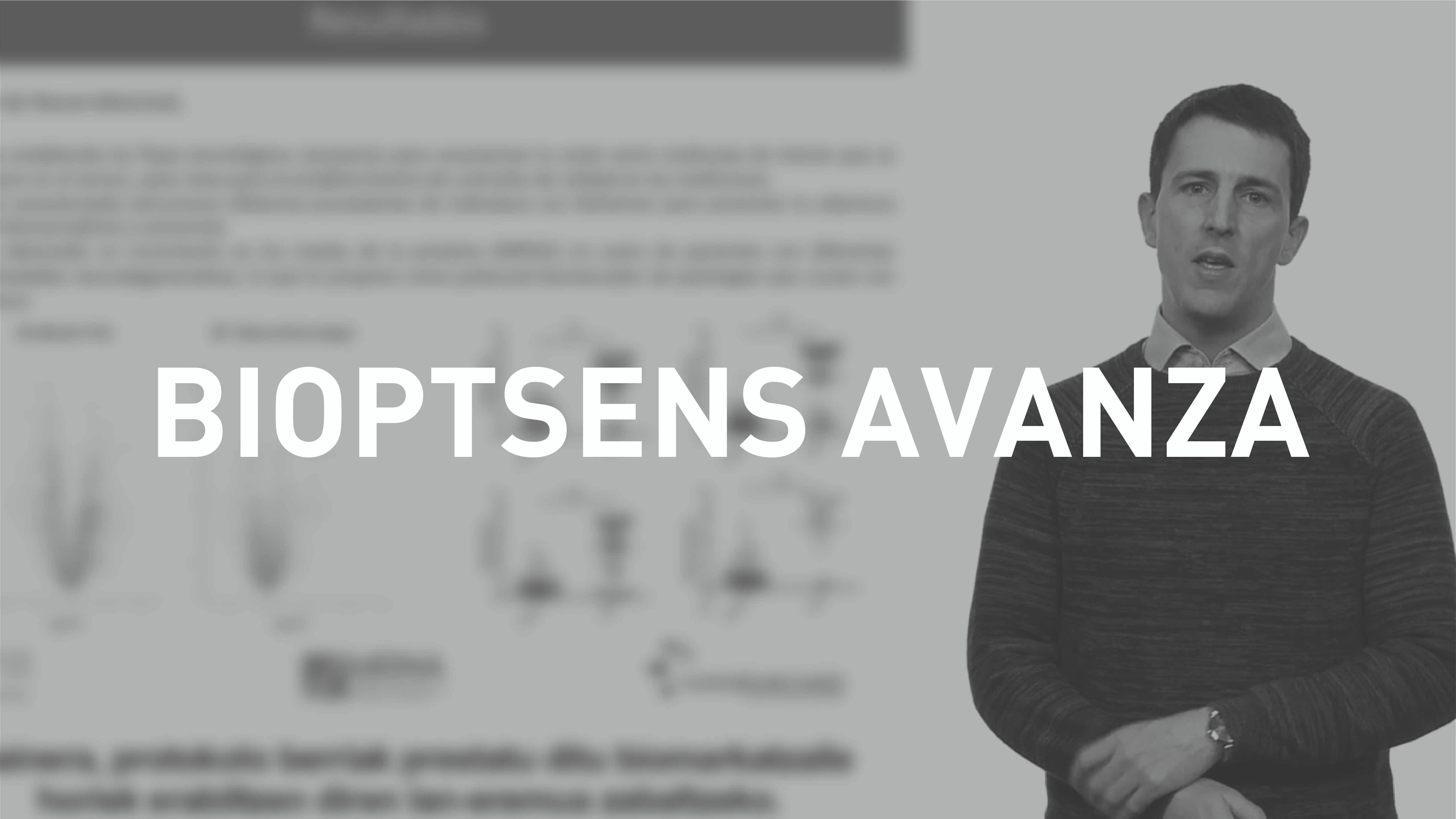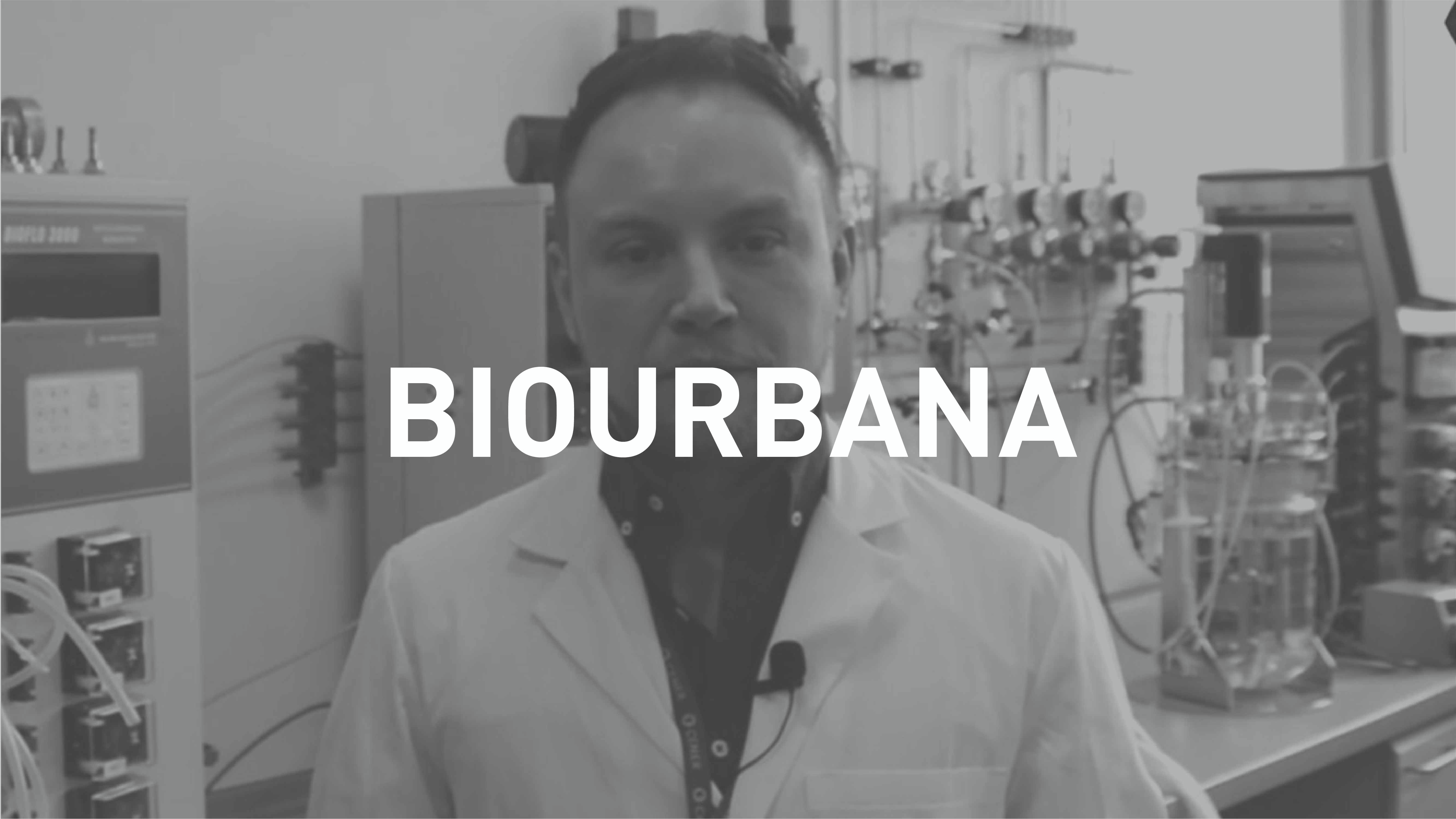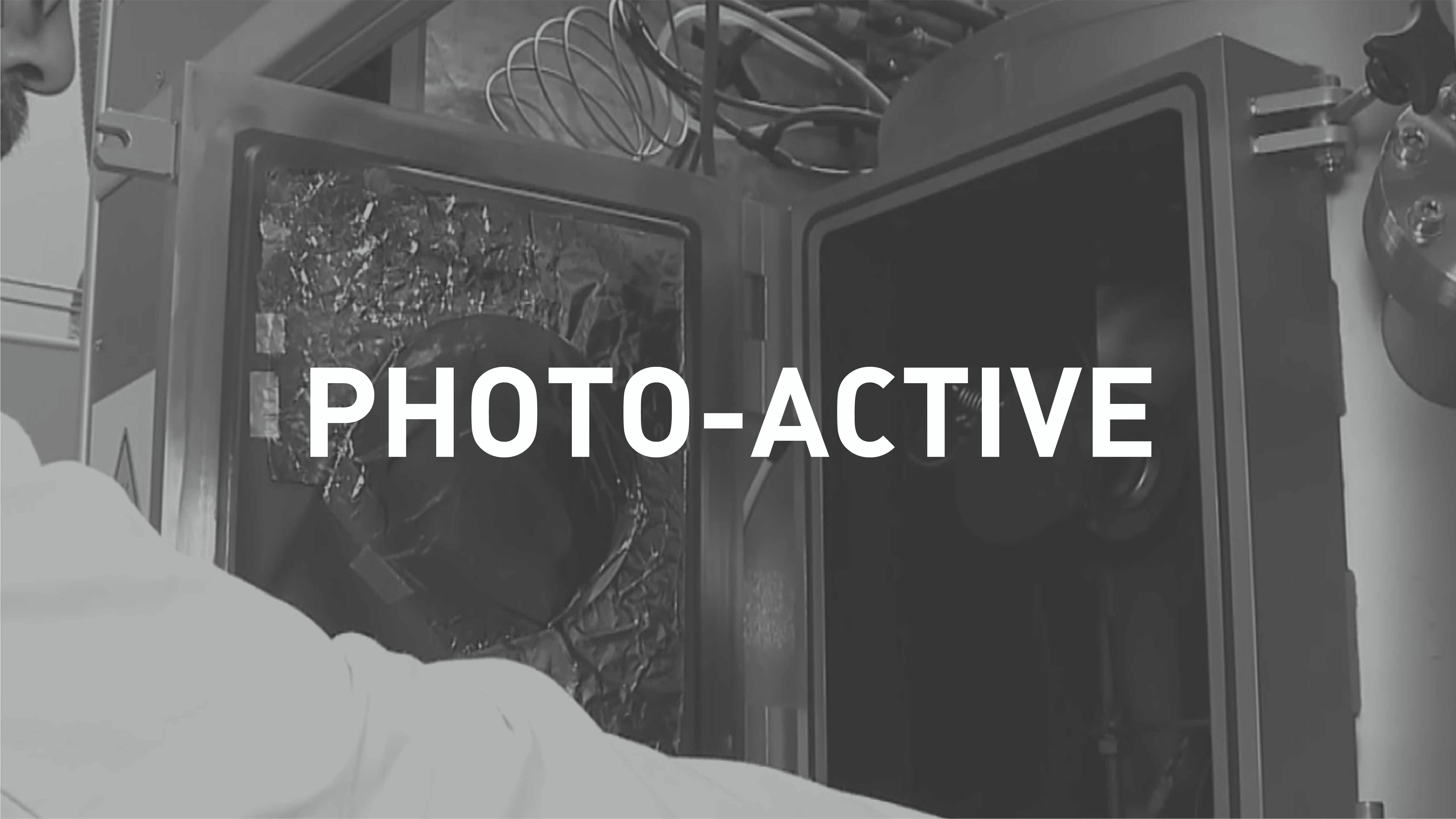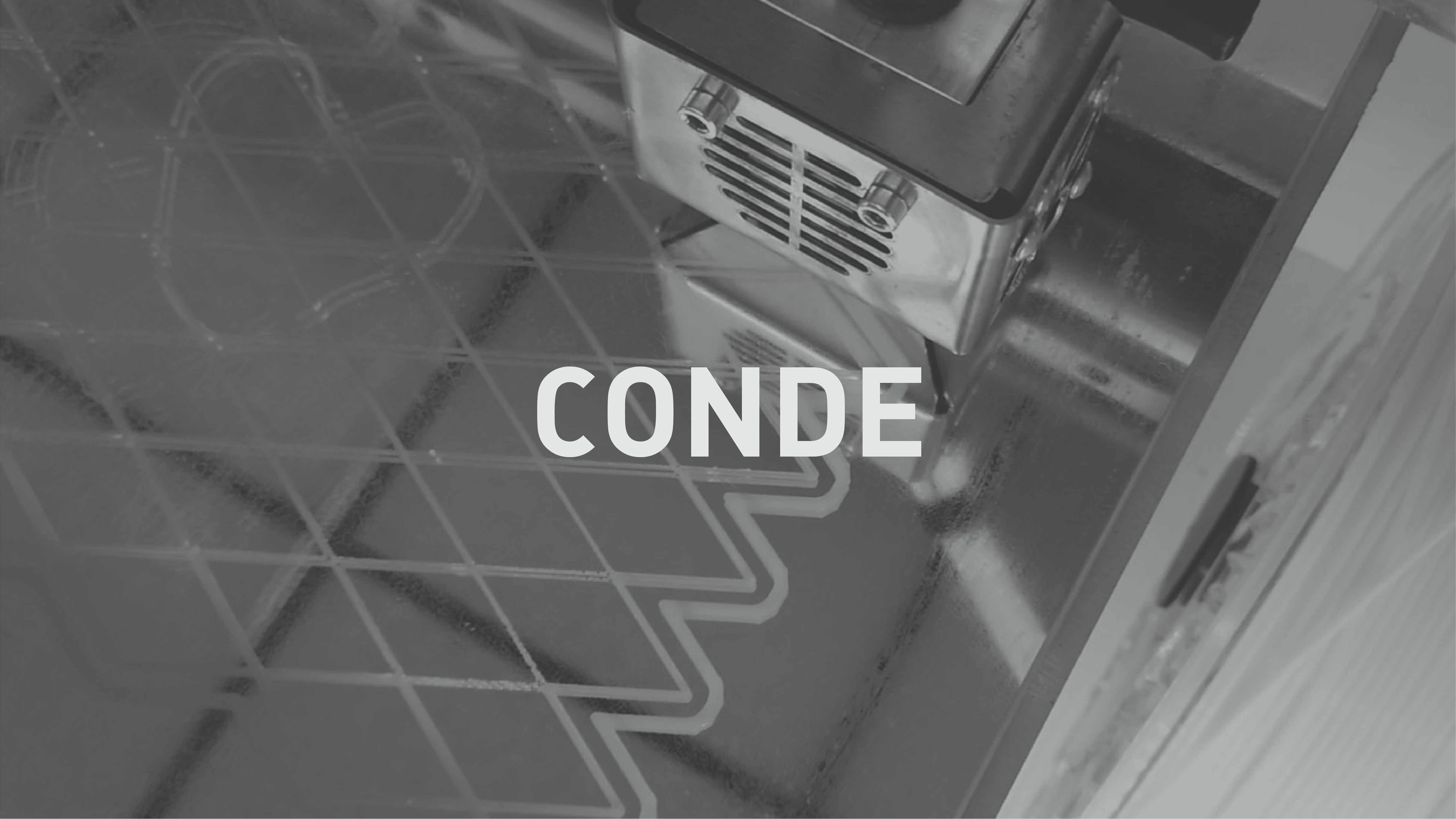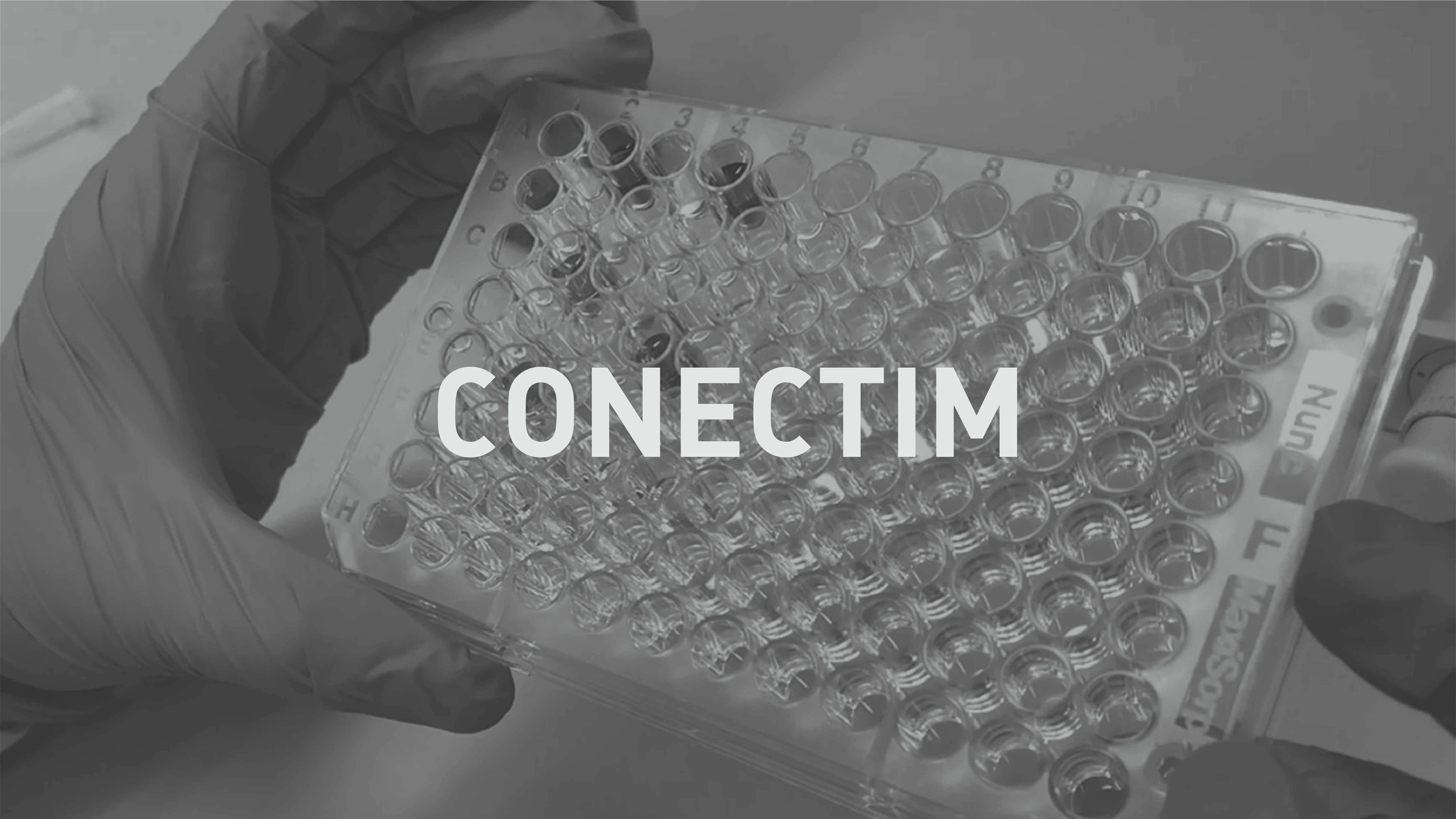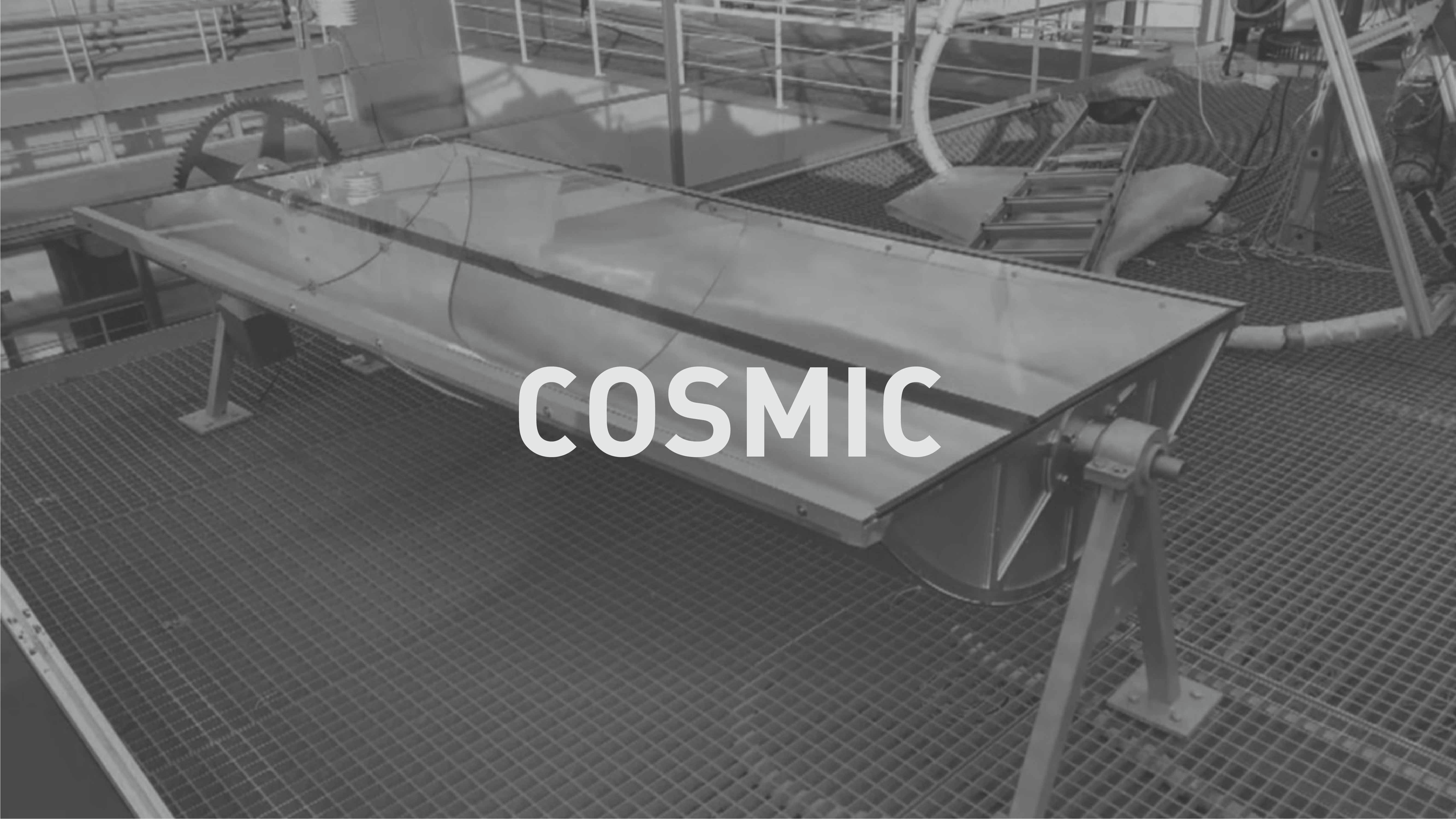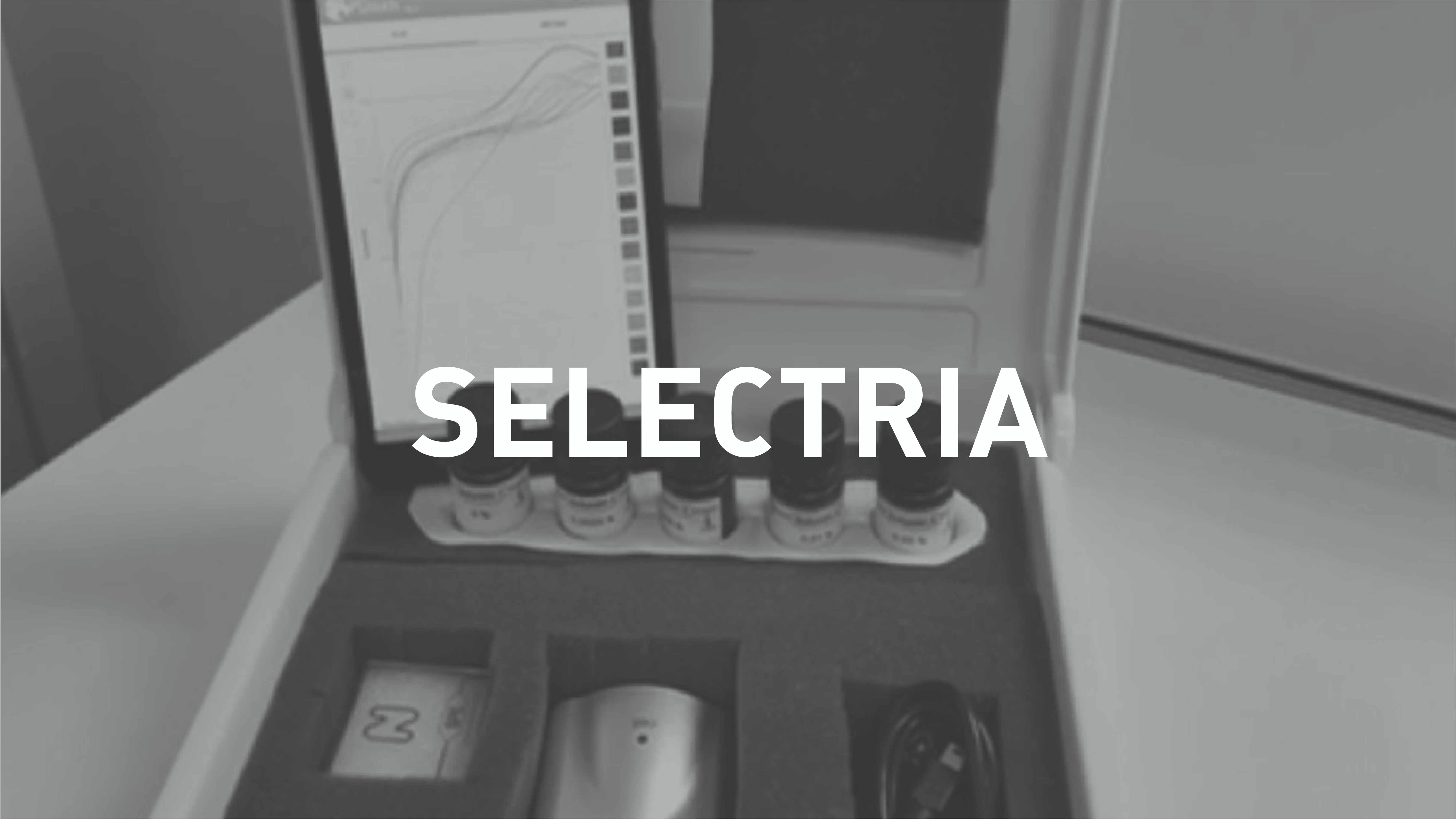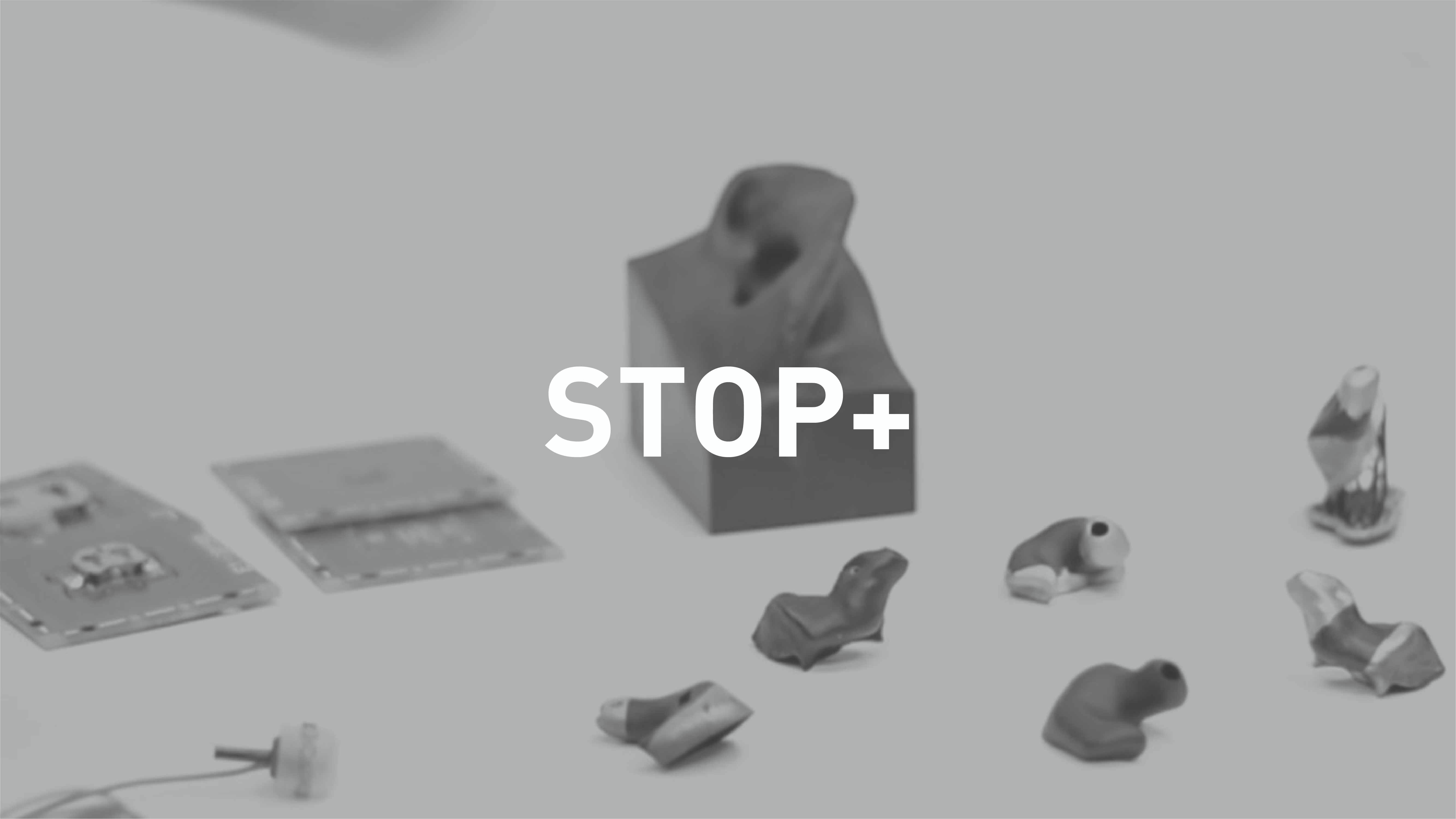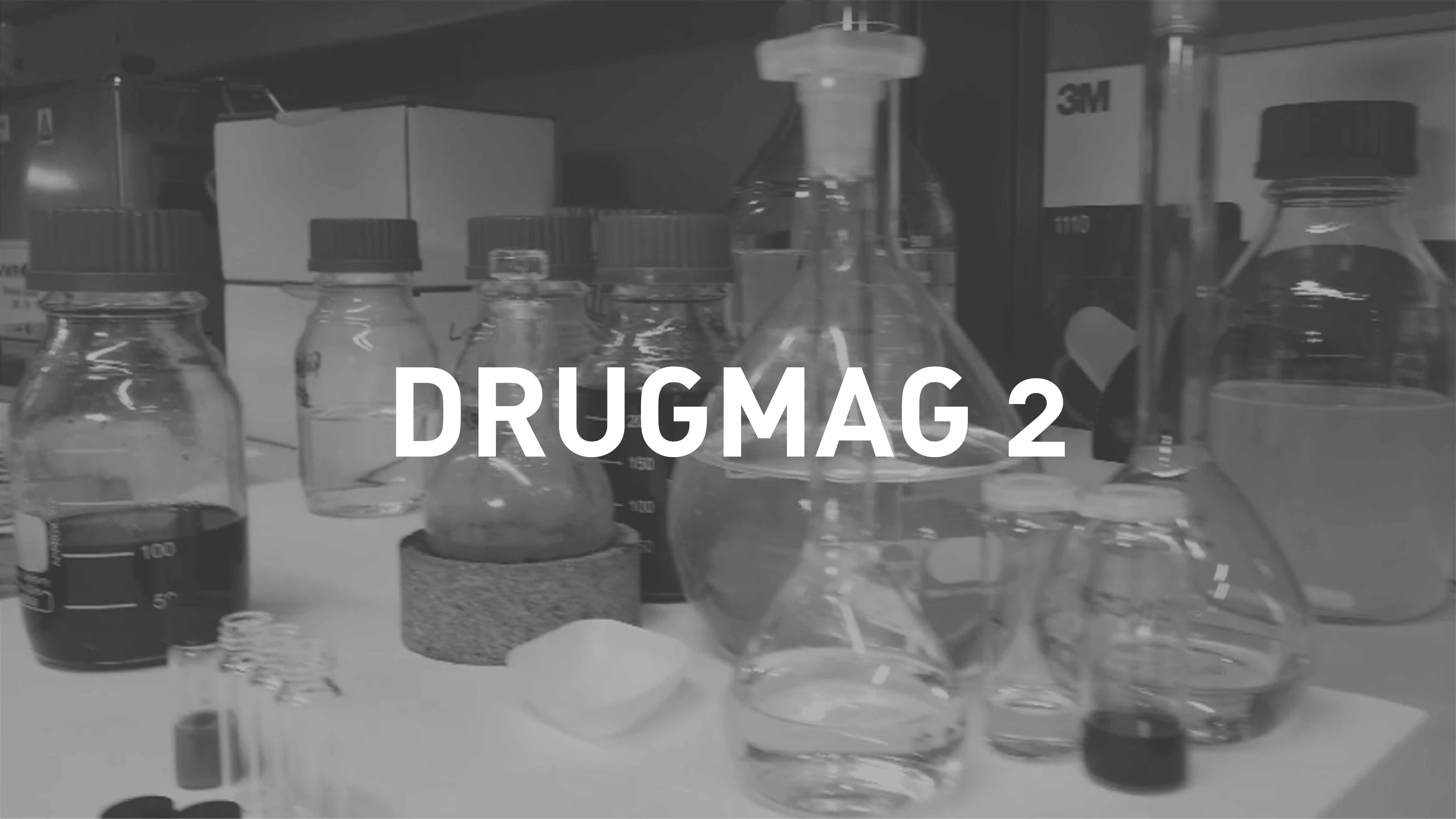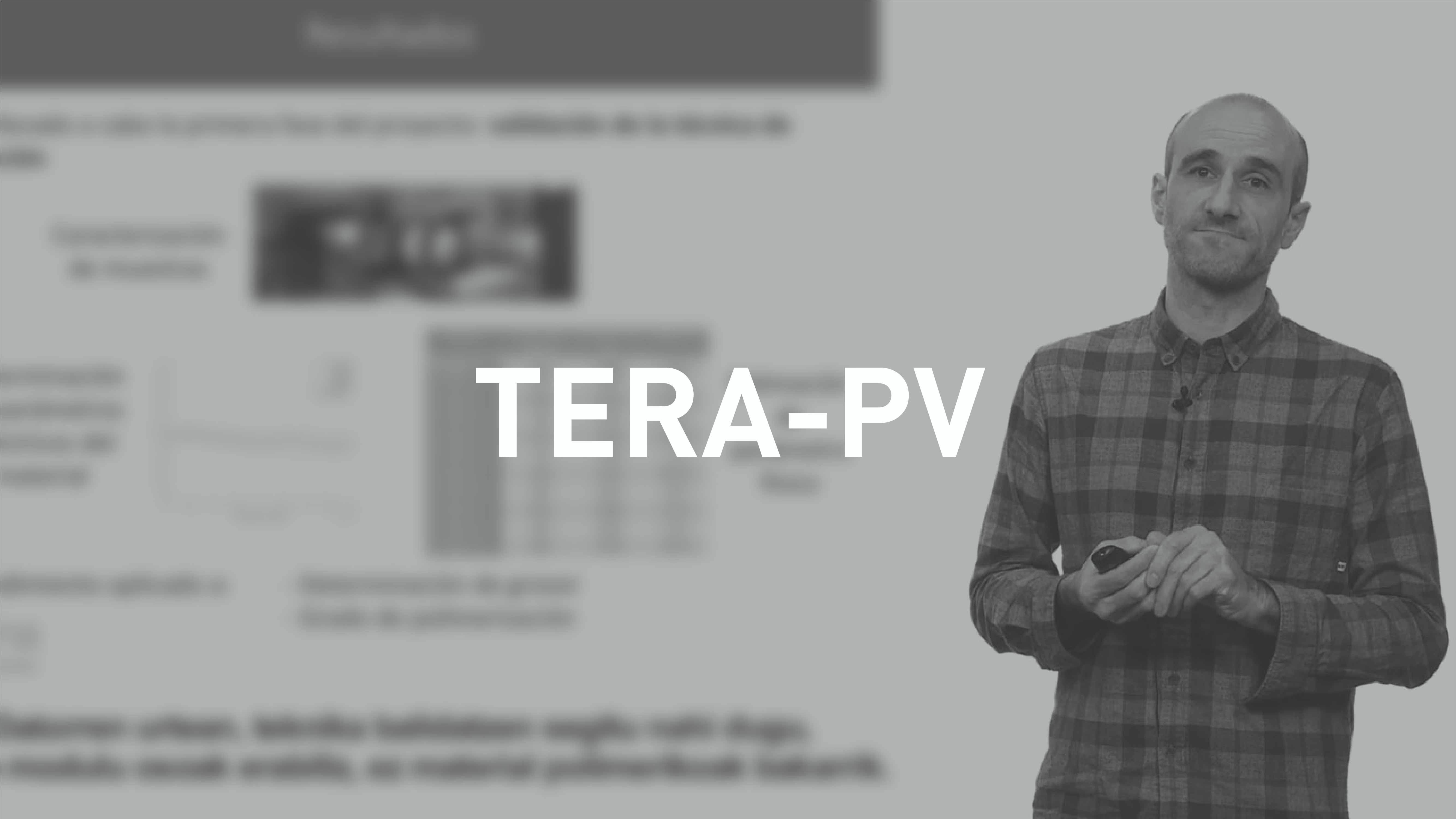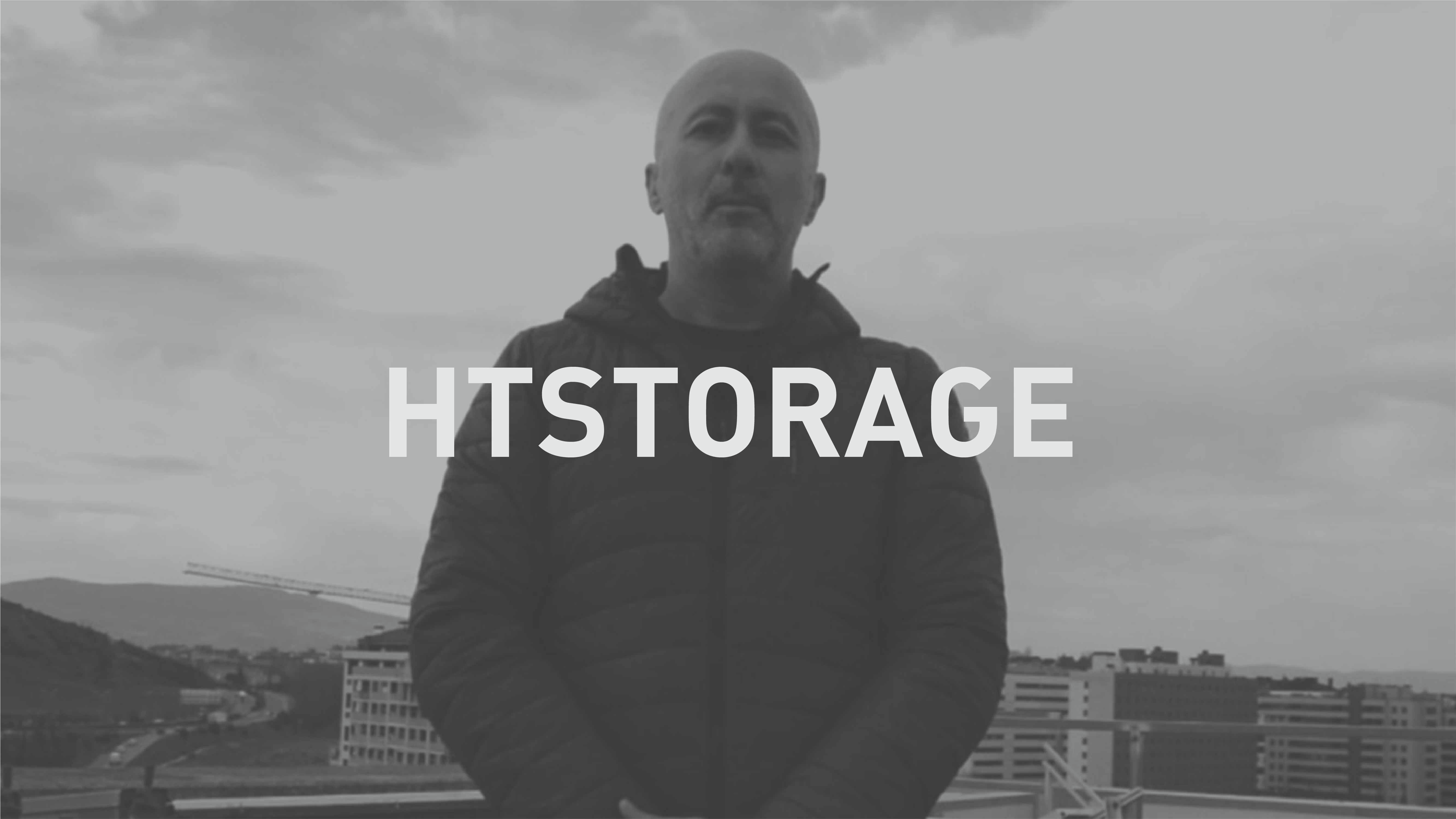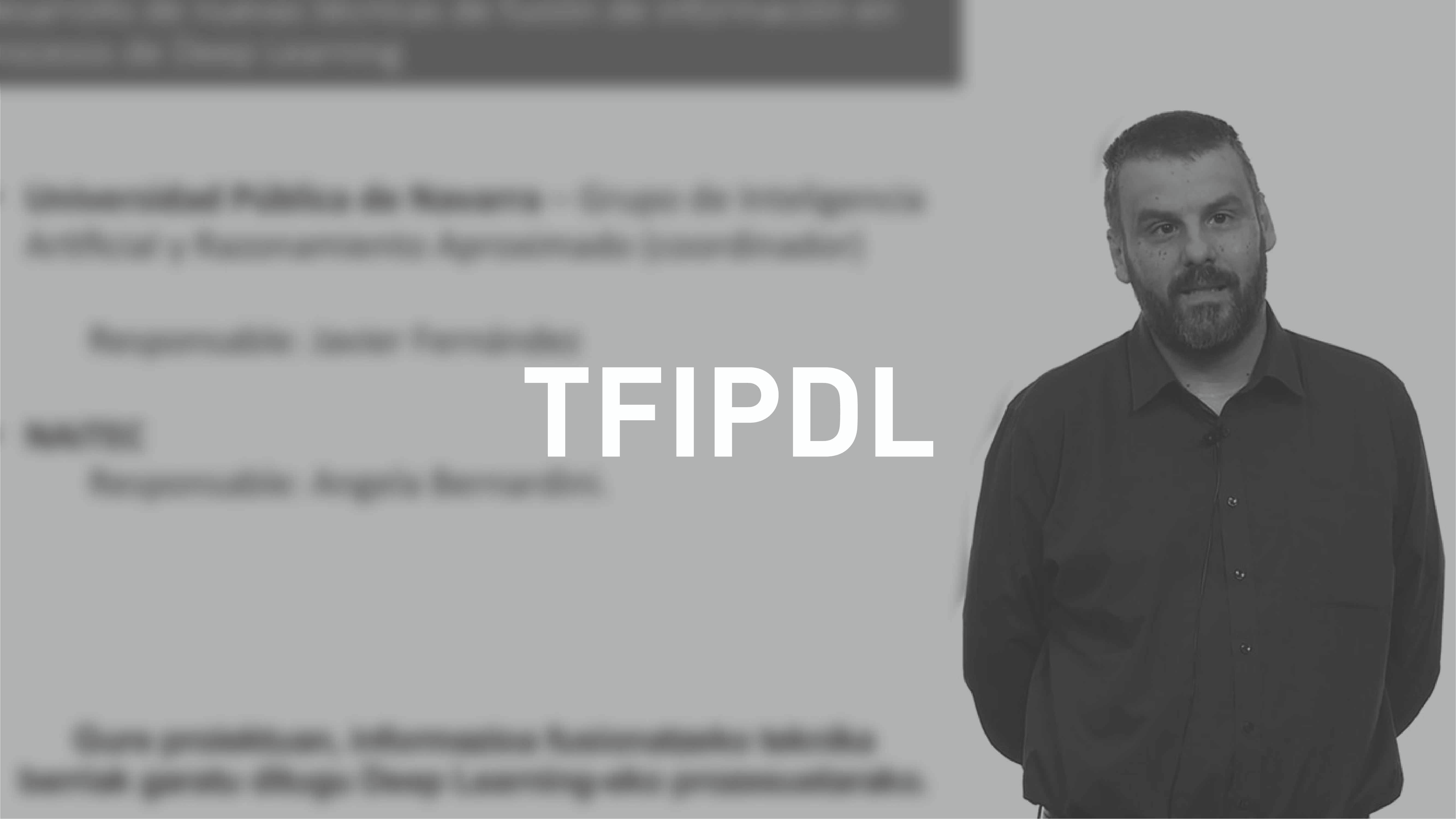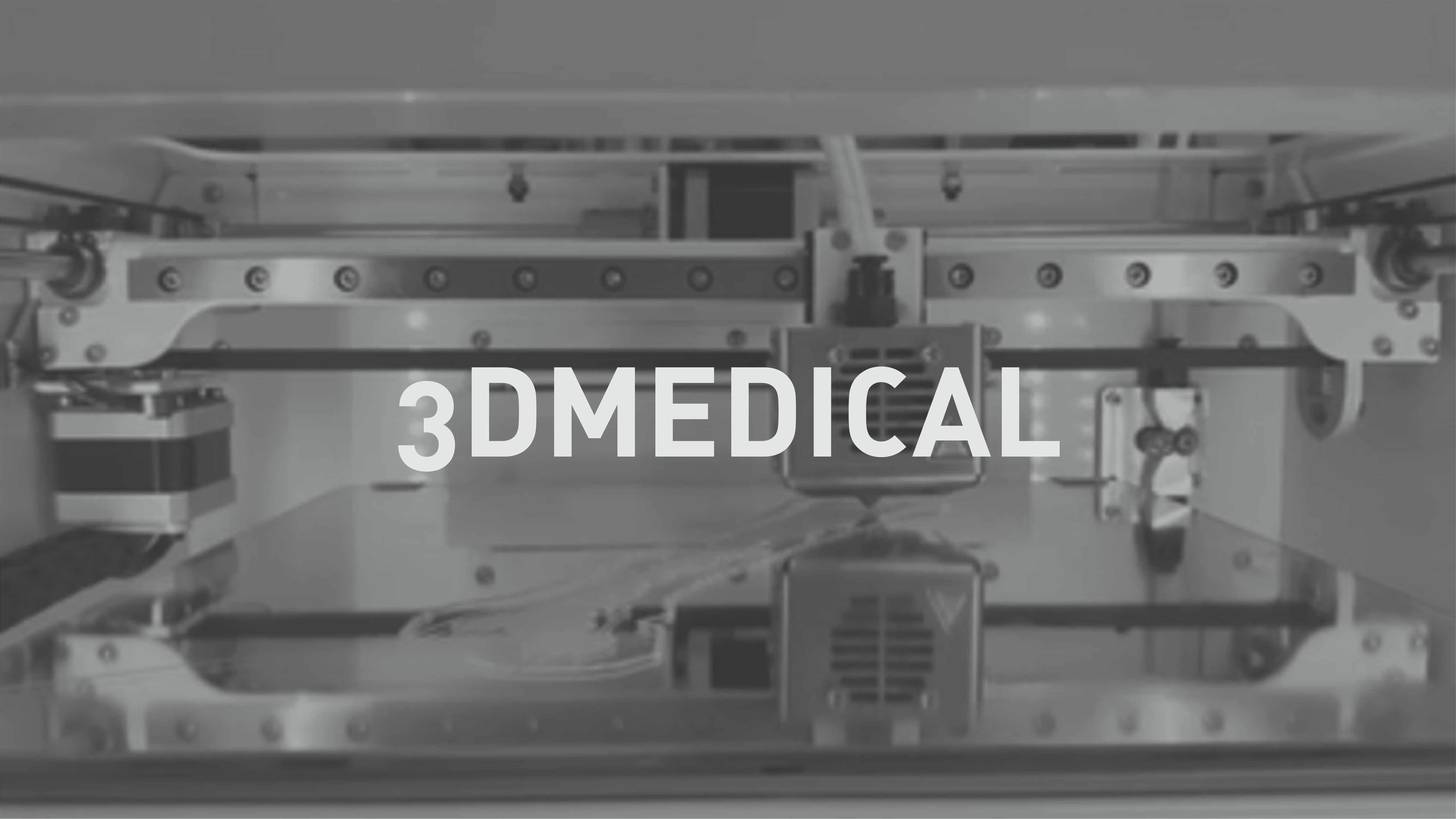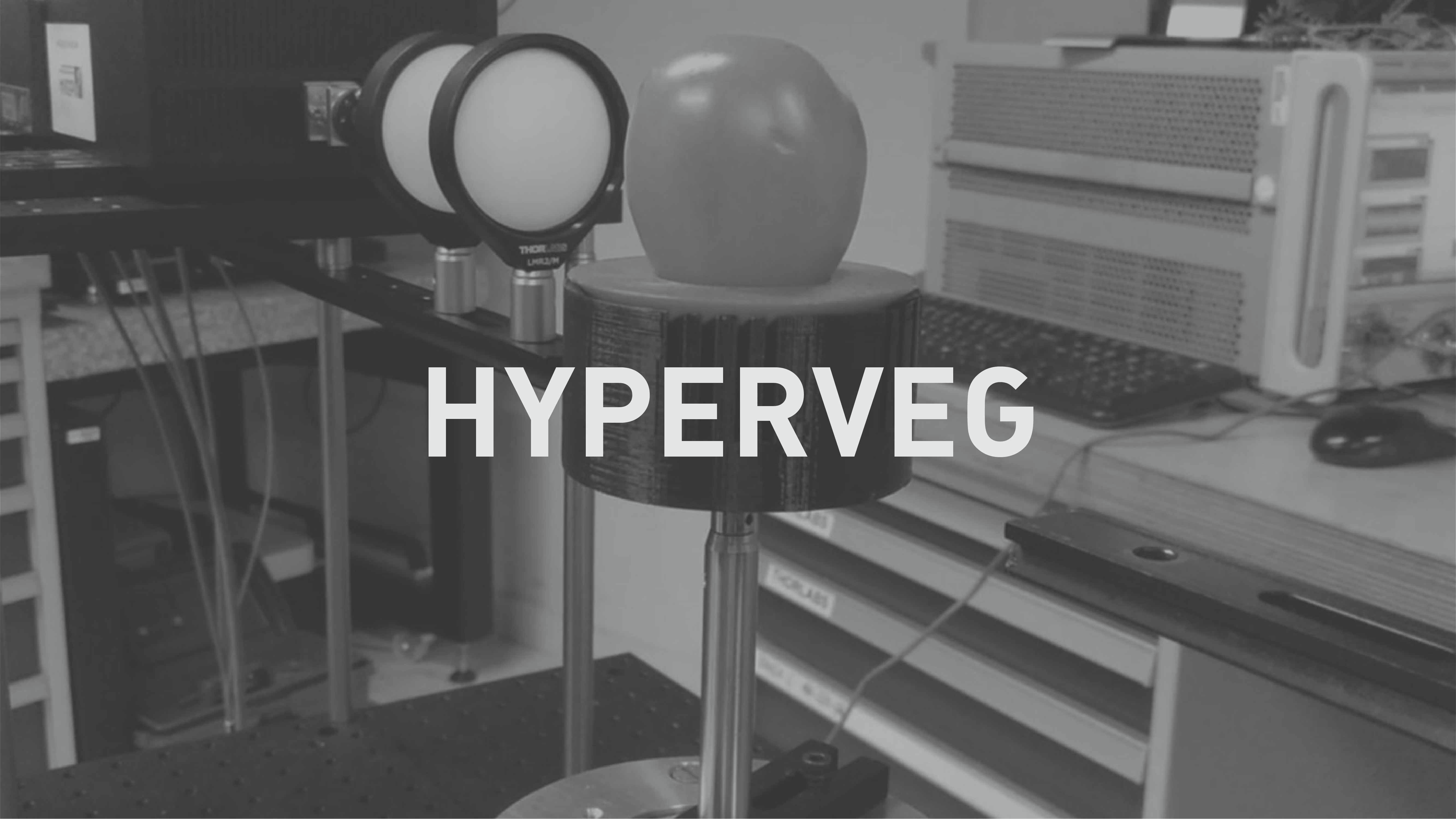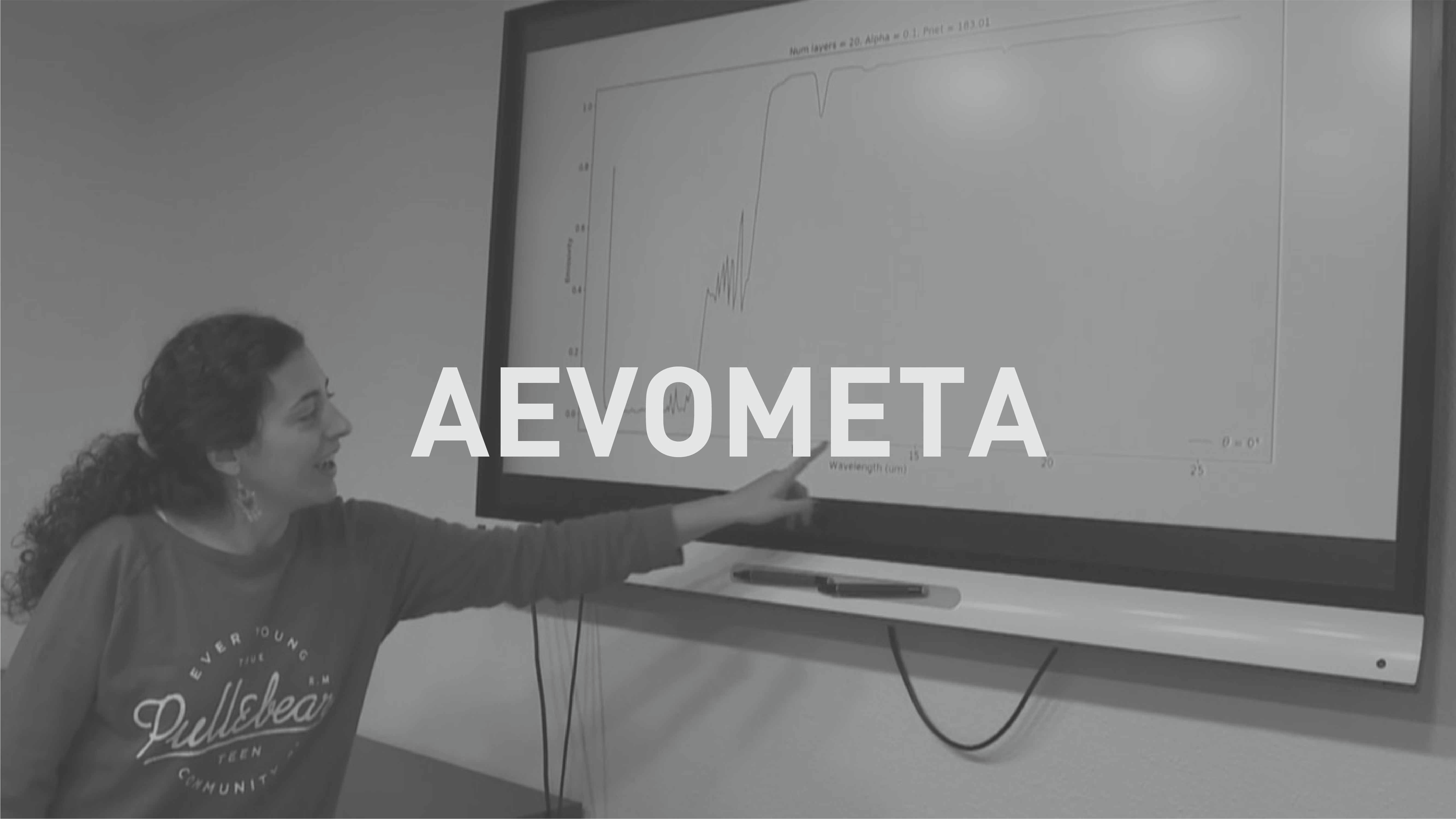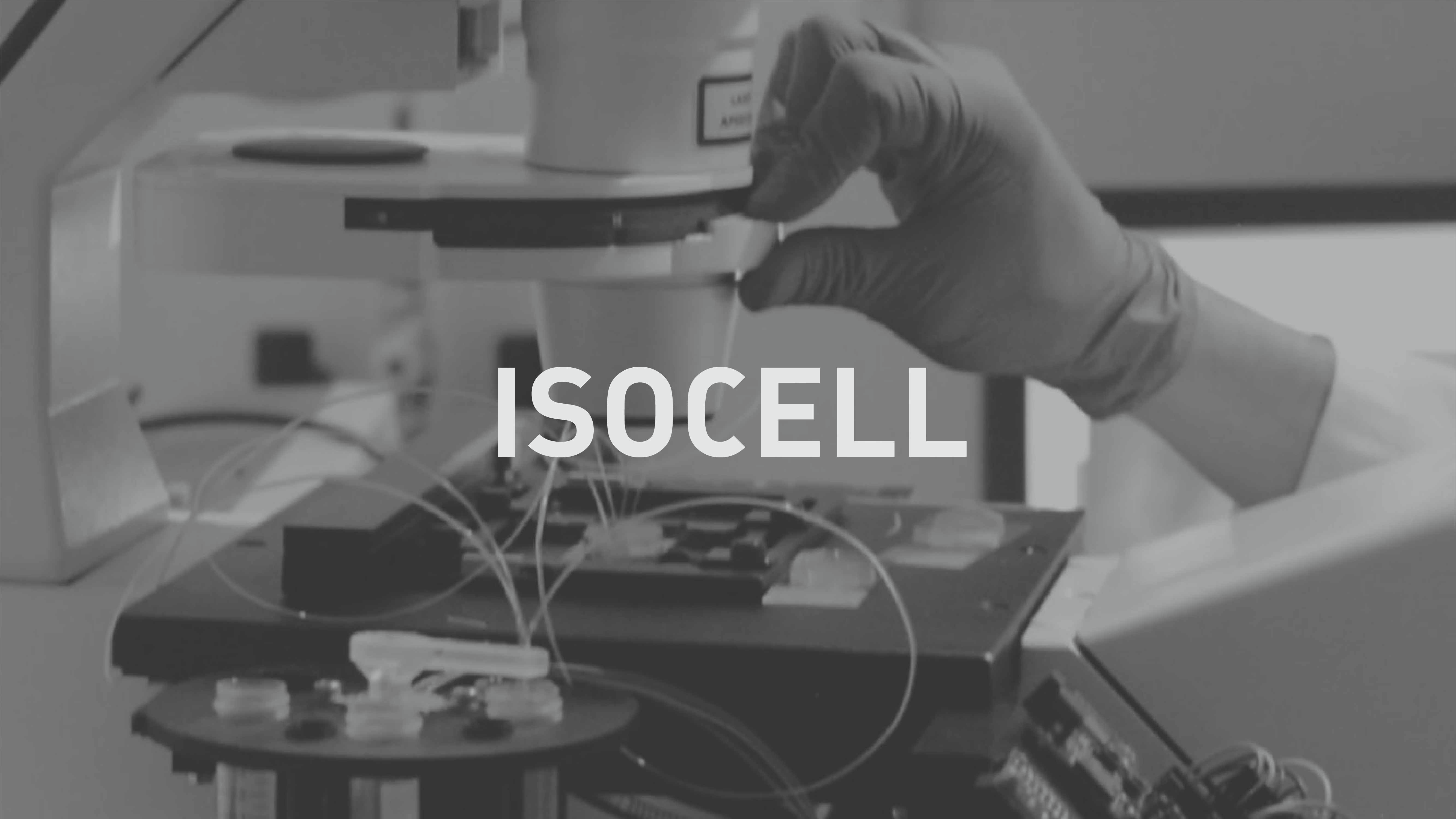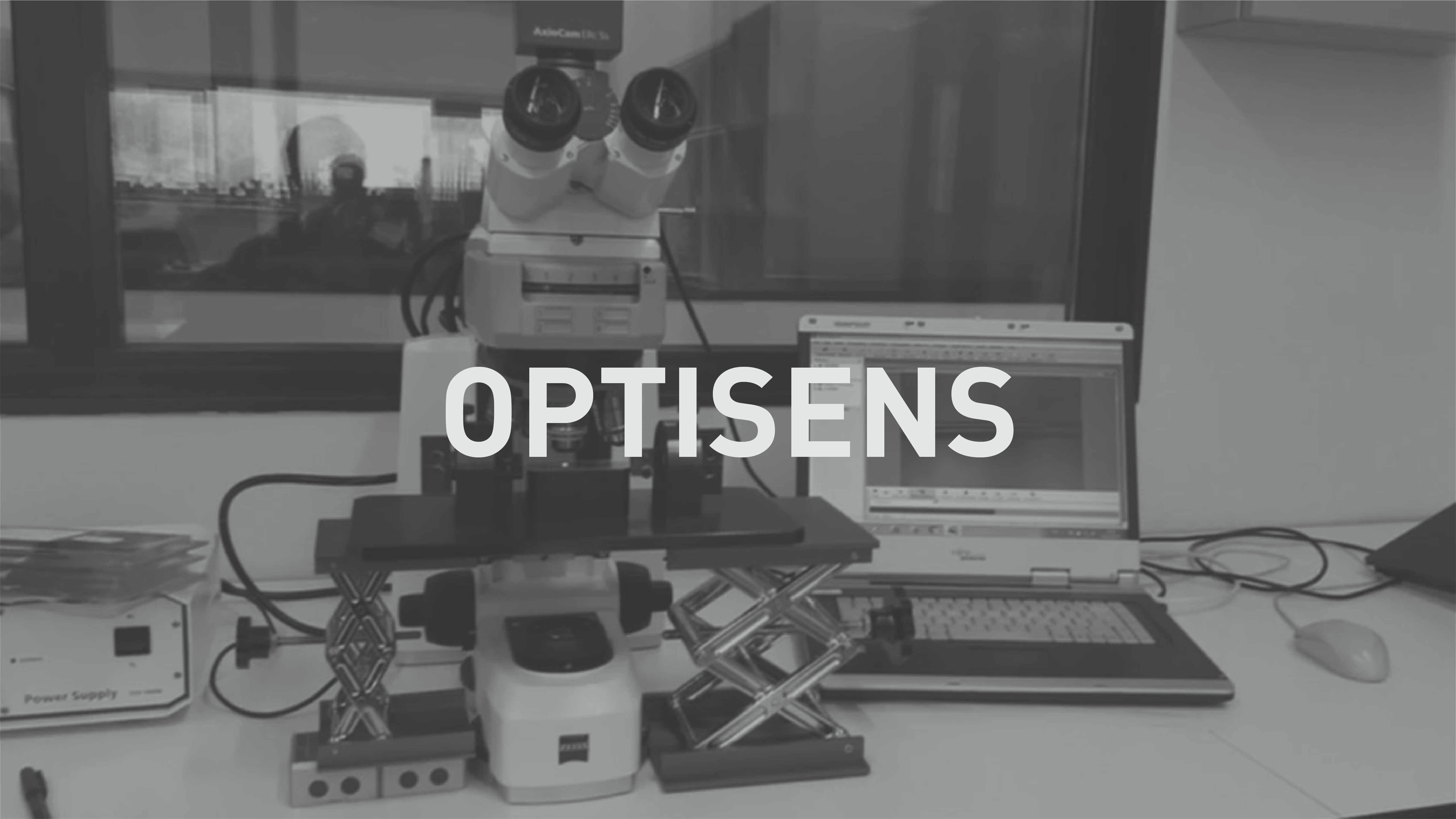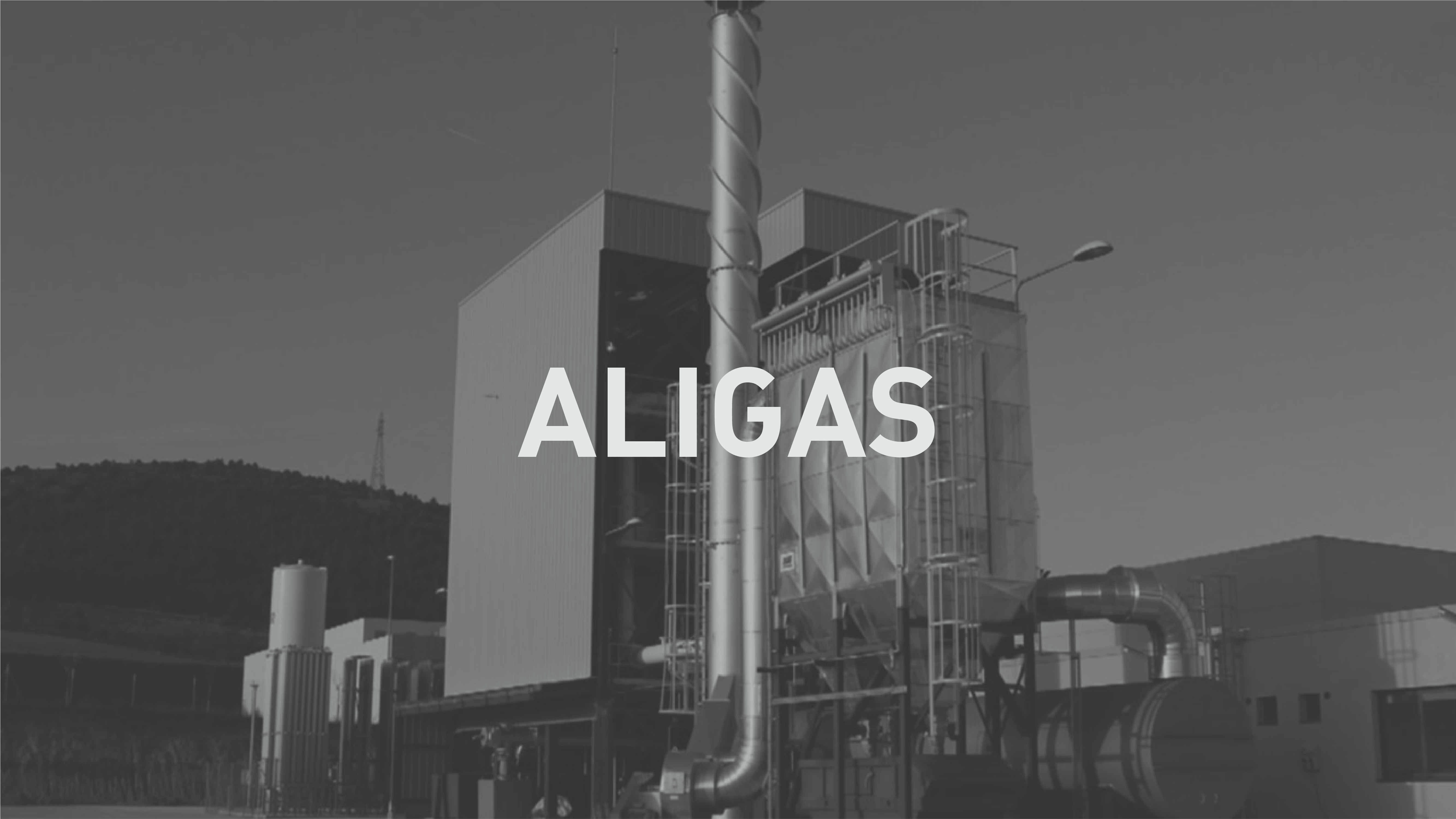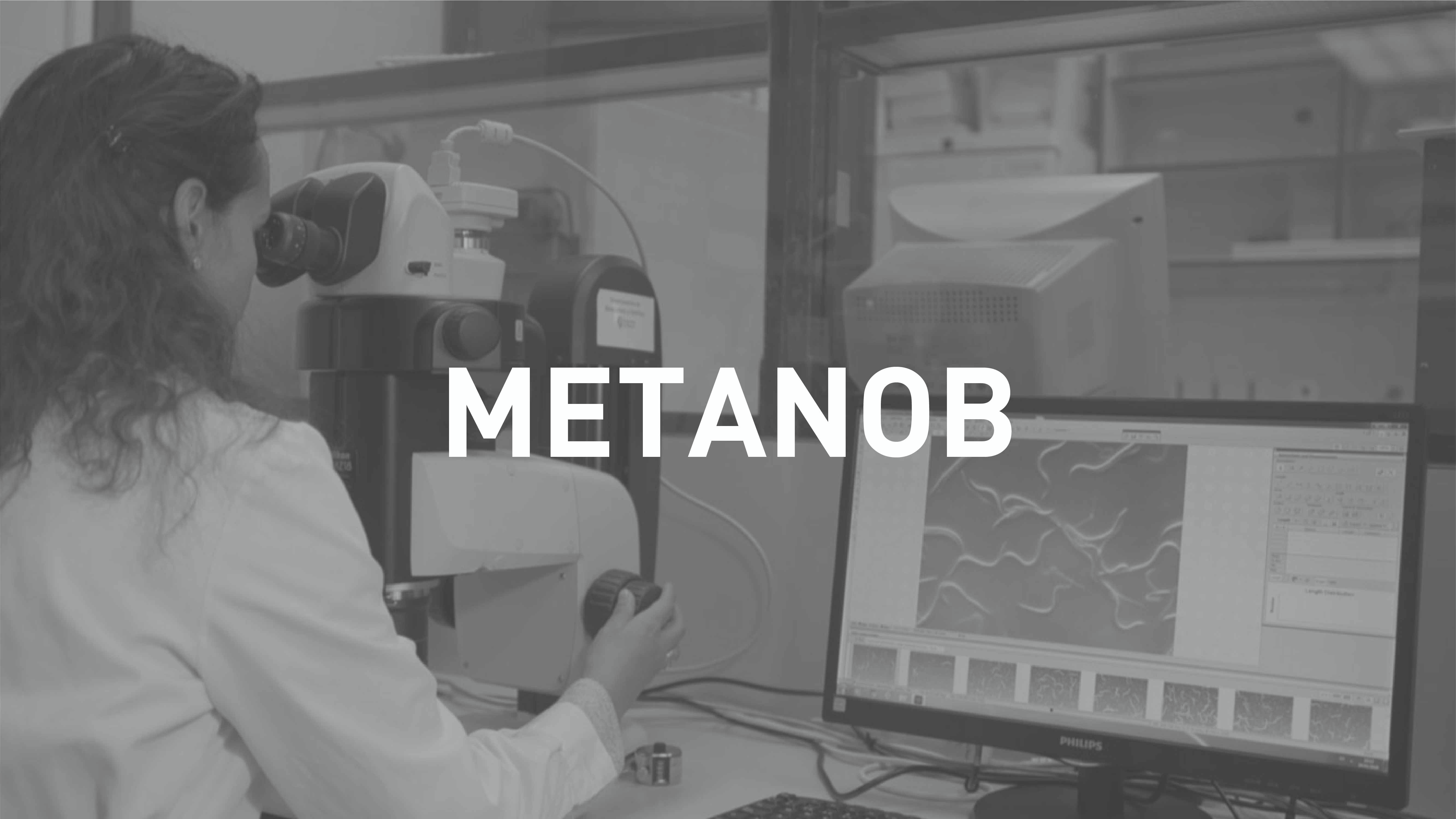The platform uses energy harvesting techniques to extend the life cycle of the sensors and increase the power autonomy of their batteries in a way that minimises the need to do maintenance on the system. It is a cyber-physical system with wireless sensor and communication capabilities so it can connect with other similar modules or platform to provide industry 4.0 services and operate in the cloud. Improvements have been made in the wireless networks of complex and self-powered sensors installed in harsh industrial environments (with temperatures above 50ºC, vibrations, electromagnetic fields). This project is centred on wireless systems designed for measurement and handling the measured signal (i.e. processing in the frequency domain using FFT, notification and alert algorithms for alarms, etc.).
Those systems have energy and processing requirements greater than the ones for just measuring at low frequencies, because of that these results could be extrapolated to other IoT monitoring or industry 4.0 systems.
The goals of the project are the following.
- Develop a modular hardware/software platform for self-powered wireless sensor networks geared towards industry 4.0 that is low cost and low consumption
- Take advantage of harsh industrial environments to obtain residual energy that nodes can be powered with using energy harvesting techniques to provide self-powering of sensors or to extend the life of their batteries
- Minimise the maintenance needed to change batteries
A thermoelectric energy harvesting system has been designed and developed. The system has a lithium-ion rechargeable battery, twoPeltier Laird UT 15-200 cells placed in series and a Texas Instruments BQ25570 energy management chip. The input voltage coming from the transducers (Peltier cells) is raised and regulated to provide stable output voltage and store the excess energy in the rechargeable battery. The battery provides output power when the input power from the thermoelectric transducer is insufficient. Two 4 x 4.4 cm and 3.5 mm thick Peltier Laird UT 15-200 in series are used for that purpose.
To maximise the life cycle of the sensors, not only must the sensor battery be charged as much as possible, but consumption must be minimised as much as possible. Embedded software has been designed for that purpose that minimises operations, wireless communications and facilitates energy saving configurations. Remote configuration and energy consumption reduction functionalities have been developed.
Simulation and configuration software has also been developed that makes it possible to change the configuration of the sensors remotely and simulate their behaviour. The tool is especially important for telecontrol that avoids having to access the plant and pause or disturb the production processes of the industry. It includes a desktop application for reading and writing parameters, a digital twin for simulating and testing specific functionalities and configurations without having to interact with the hardware, and a cloud monitoring application.
Design validation tests have been developed and subsequently the new versions of the nodes and sensors were manufactured and validated in environments similar to the pilot plant (temperatures > 50ºC).



